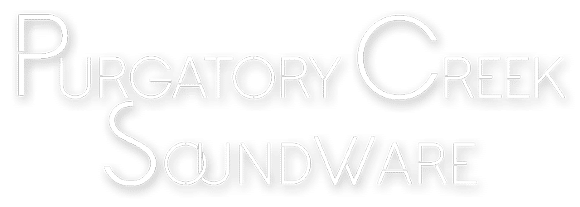The Classics collection spans over two decades of vintage instruments including three tine-based pianos, one tine-based bass piano, two electronic keyboards/modules from the 1980s, and one classic string-based portable grand piano. All are deeply sampled and release samples are included with the tine-based pianos.
The Classics instruments incorporate an extensive effects section, including parametric EQ, compressor, phaser, chorus, flanger, amp, wah pedal, delay, and reverb. The effects have been carefully programmed to emulate vintage effect devices. Kontakt playlists are also included which offer a wide tonal variation.
A full version of Kontakt 6.8.0 or higher is required. The total installed size is 6.16 GB.
Dyno (1979)
This electro-mechanical tine-based piano was manufactured in 1979 and modified by the San Francisco-based Dyno-My-Piano company. The modifications included an active EQ, voicing of the tine/pickups to create a bell or “dyno” sound as well as changes to the case to allow additional keyboards to be more easily stack on top of the piano. The Purgatory Creek Soundware Dyno (1979) includes a chorus preset that emulates the Tri-Chorus effect associated with the “dyno” piano.
The Purgatory Creek Soundware Dyno (1979) was deeply sampled at 18 velocity levels recorded for full duration, so you will hear neither loops nor artificial envelope decays. Nearly every note of the piano was sampled, and eight velocity layers of note-off release samples are included.
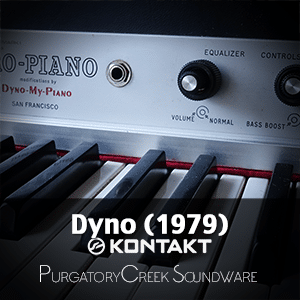

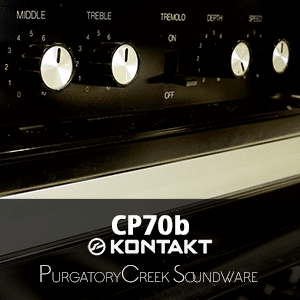
CP70b
The electro-mechanical piano, upon which this sample-set is based, used actual strings rather than tines or reeds giving it a sound closer to a traditional piano, yet still unique. The Purgatory Creek Soundware CP70b was deeply sampled at 10 velocity levels recorded for the full duration, so you will hear neither loops nor artificial envelope decays. In addition, nearly every note was sampled.
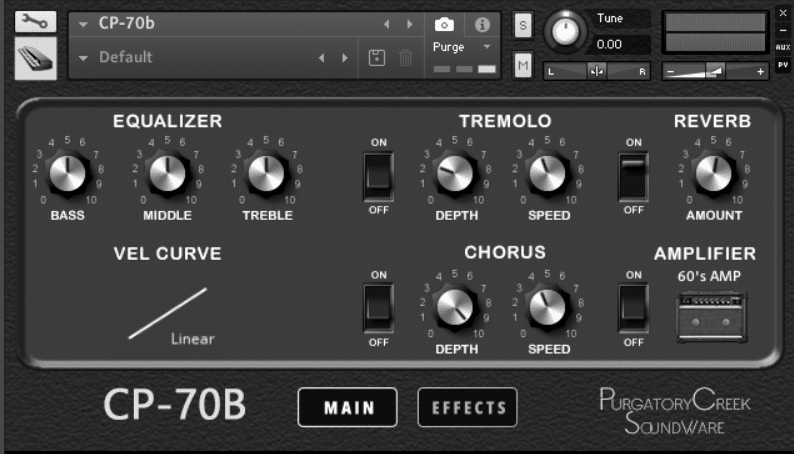
MKS-20
Introduced in 1986 as one of the first digital piano modules, this popular device was widely used by stage performers during the 1980s and beyond. Unlike most of the digital piano products that followed, it did not utilize sampling for sound generation but rather relied on a unique form of sound synthesis resulting in sounds that are sought after to this day. The module contained eight instruments: PIANO 1, PIANO 2, PIANO 3, E.PIANO 1, E.PIANO 2, VIBRAPHONE, CLAVI and HARPSICHORD. To augment the base sound of the instruments, stereo chorus and/or tremolo effects could be applied.
The Purgatory Creek Soundware MKS-20 was deeply sampled at up to six velocity levels recorded for full duration, so you will hear neither loops nor artificial envelope decays. Additionally, effect emulations of the original instrument are provided.
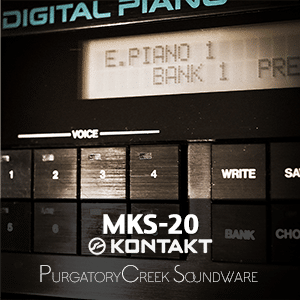
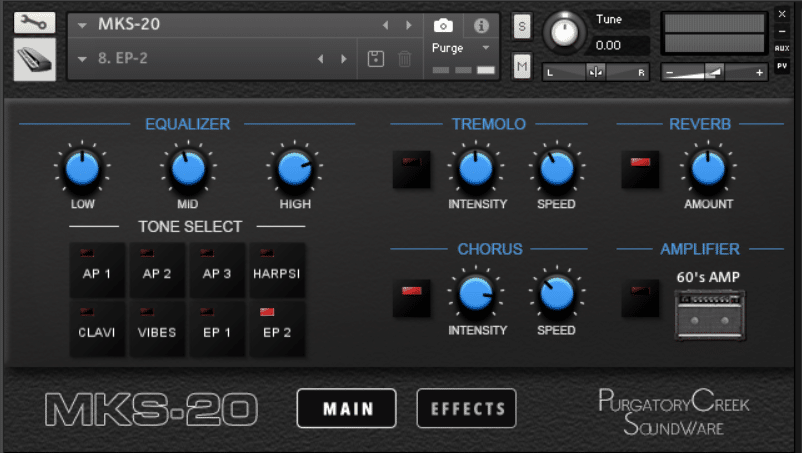
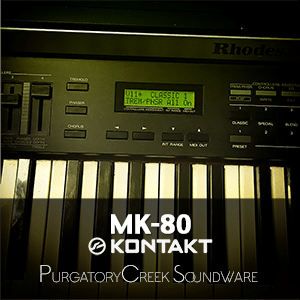
MK-80
Introduced in 1989 the MK-80 was an 88-note keyboard instrument based on the S/A sound generation found in the MKS-20 rack-mount module. As it was designed to provide an electronic version of the tine-based electro-mechanical pianos, it included additional electronic piano sounds not found in the MKS-20. The module contained eight instruments: CLASSIC, SPECIAL, BLEND, CONTEMPORARY, A PIANO 1, A PIANO 2, CLAVI, and VIBRAPHONE. To augment the base sound of the instruments, stereo chorus, phaser, and/or tremolo effects could be applied.
Each of the eight instruments of the Purgatory Creek Soundware MK-80 were sampled at six velocity levels recorded for full duration, so you will hear neither loops nor artificial envelope decays. Additionally, effect emulations of the original instrument are provided.
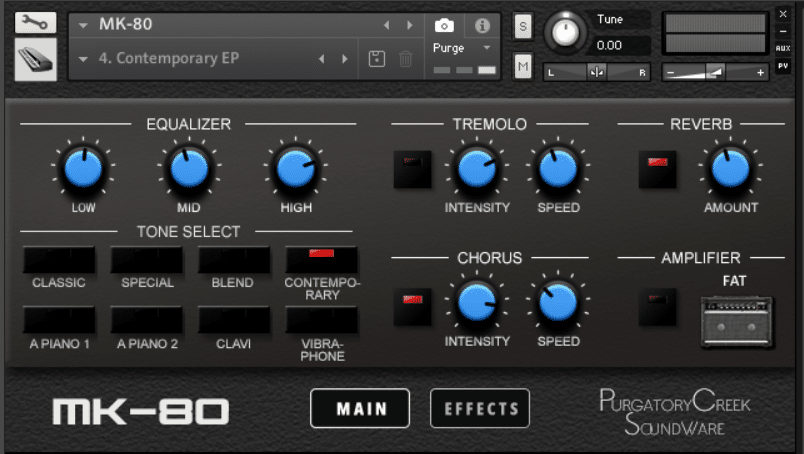
Tine Bass
The tine-based, bass piano was first introduced in 1959. Known as the Piano Bass, the small unit was designed to be played with the left hand and provided a solid foundational tone, not unlike an electric bass guitar. The Piano Bass sampled here was from the mid-1960s.
The Purgatory Creek Soundware Tine Bass was deeply sampled for the full duration, so you will hear neither loops nor artificial envelope decays. Additionally, note-off release samples are included.

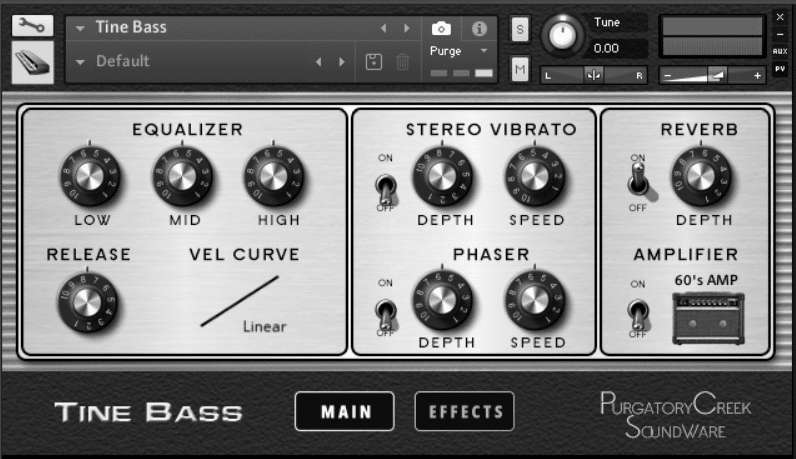
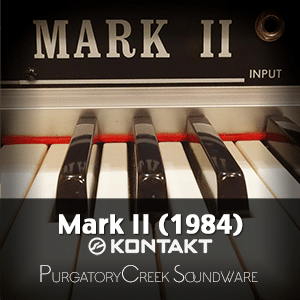
Mark II (1984)
This electro-mechanical tine-based piano was manufactured in 1984, making it one of the last of the Mark II line. The Schaller tines give it a sound distinct from earlier pianos that used the Torrington or Raymac tines. The Purgatory Creek Soundware Mark II (1984) was deeply sampled at 18 velocity levels recorded for the full duration, so you will hear neither loops nor artificial envelope decays. Nearly every note of the piano was sampled and note-off release samples are included.
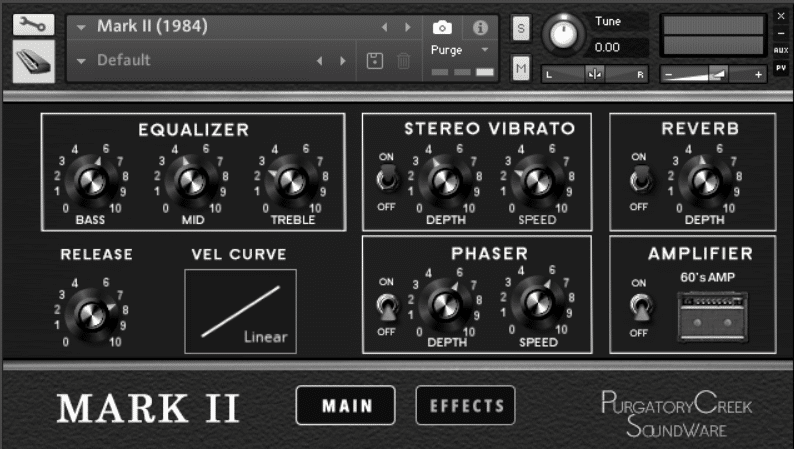
Mark I (1970)
The electro-mechanical piano, upon which this sample-set is based, was manufactured in the first week of 1970. New neoprene hammer tips were installed giving the full tone sound found on many recordings during the 1970s and beyond. The Purgatory Creek Soundware Mark I was deeply sampled at 18 velocity levels recorded for the full duration, so you will hear neither loops nor artificial envelope decays. Additionally, eight velocity layers of note-off release samples are included.
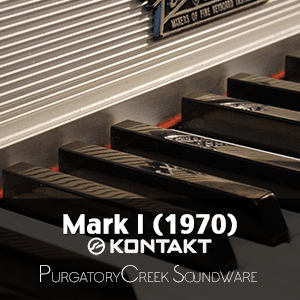
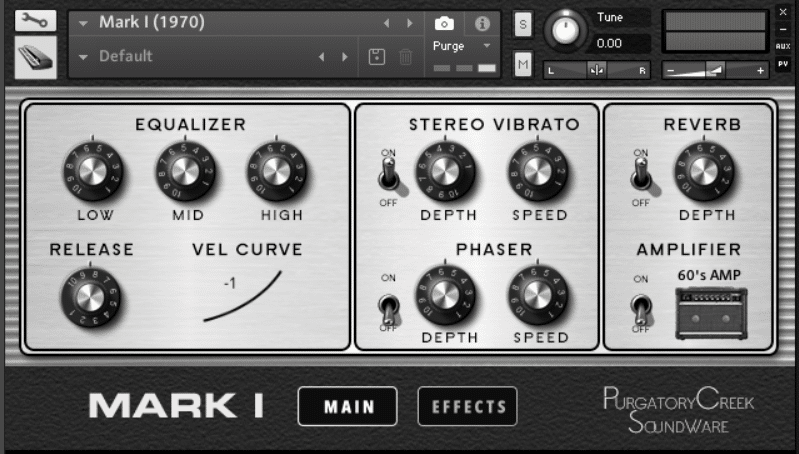

Audio Demos
 InstallTUTORIAL
InstallTUTORIAL
